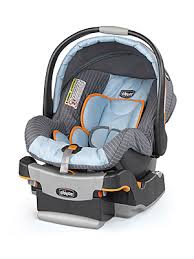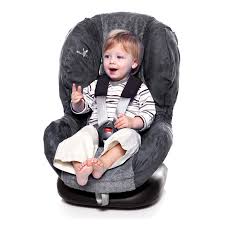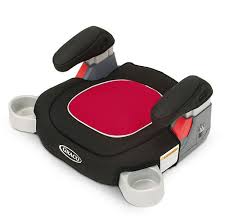CLICK HERE TO CALCULATE YOU FARE
- Infant Car Seat
Ontario’s Highway Traffic Act requires children to use a rear-facing car seat until the child weighs at least 9 kg (20 lb.). This is a minimum requirement. Some rear-facing car seats are made for children that weigh up to 20 kg (45 lb.). It is best to keep your child in a rear-facing car seat until they reach the manufacturer´s weight or height limits.
A rear-facing child car seat faces the back of the vehicle, rests at a 45-degree angle and when properly installed, it moves no more than 2.5 cm (1 in.) where the seat belt or UAS strap passes through it. If necessary, use a tightly rolled towel or a foam bar (pool noodle) under the base of the child car seat to adjust the recline angle to 45 degrees.
Harness straps should sit at or slightly below the child’s shoulders. You should not be able to fit more than one finger underneath the harness straps at the child’s collarbone. The chest clip should be flat against the child’s chest at armpit level.
When a child outgrows the maximum height or weight limits of an infant rear-facing car seat, they may move to a larger convertible rear-facing child car seat until the child is ready to face forward. It’s best to keep your child in the rear-facing position until they reach the maximum height or weight limits of the convertible rear-facing car seat.
- Toddler Car Seat
To prevent the child car seat from moving forward and causing injury in a collision, it is important to use the tether strap exactly as the manufacturer recommends. Read your vehicle owner’s manual to find the tether locations in your vehicle and to learn how they must be used. If your vehicle does not have a tether anchor, contact a dealership to have one installed.
To install a forward-facing child car seat, fasten the tether strap to the tether anchor. Using your body weight, push the child car seat down into the vehicle seat then fasten and tighten the seat belt or UAS strap. When it’s properly installed, it will move no more than 2.5 cm (1 in.)
where the seat belt or UAS strap passes through the child car seat. Make sure the harness straps are at or slightly above the child´s shoulders and are snug, with only one finger width between the strap and the child’s chest. Place the chest clip at armpit level.
– Booster Car Seat
Pre-school to 8 years old, Ontario’s Highway Traffic Act requires children to use a booster seat when they weigh 18 kg to 36 kg (40-80 lb.), are less than 145 cm (4 feet 9 inches) tall, and are under the age of 8. This is a minimum requirement. It is best to keep your child in a booster seat until they reach the manufacturer’s height or weight limits.
Seat belts are designed to protect older children and adults. Booster seats raise a child up so that the adult seat belt works more effectively by properly positioning the seat belt across the child’s body. Booster seats protect against serious injury 3 ½ times better than seat belts alone.
A lap and shoulder combination belt must be used with all booster seats. Your child’s head must be supported by the top of the booster seat, vehicle seat or headrest. The shoulder strap must lie across the child’s shoulder (not the neck or face) and middle of the chest.
The lap belt must cross low over the hips, not the stomach. Never use seat belt adjusters.





